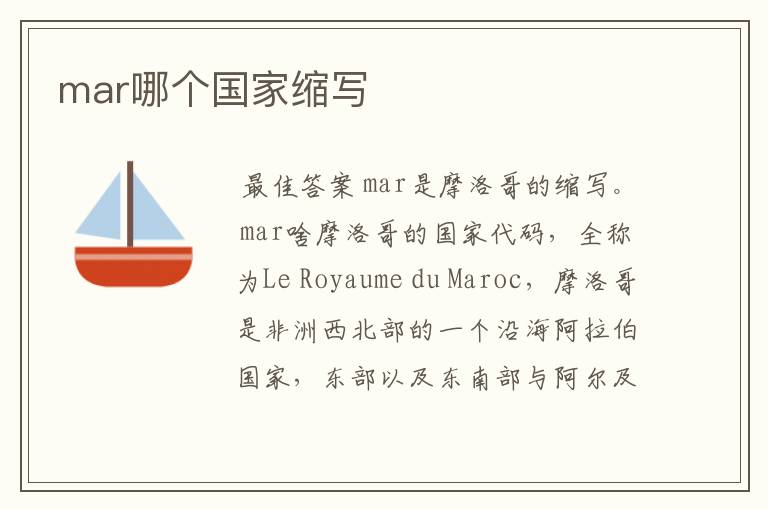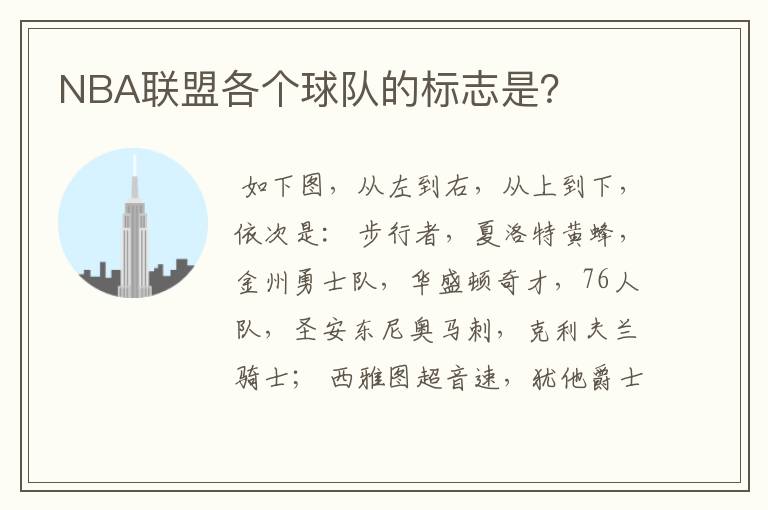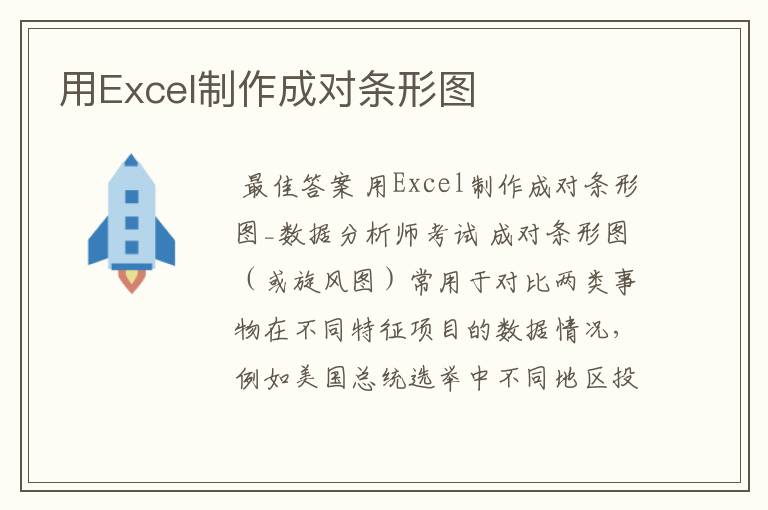摩洛哥的英文
今天运困体育就给我们广大朋友来聊聊摩洛哥队,希望能帮助到您找到想要的答案。
- 1、mar哪个国家缩写
- 2、摩洛哥的英文简介是什么?
本文目录导航:
mar哪个国家缩写

最佳答案mar是摩洛哥的缩写。
mar啥摩洛哥的国家代码,全称为Le Royaume du Maroc,摩洛哥是非洲西北部的一个沿海阿拉伯国家,东部以及东南部与阿尔及利亚接壤,南部紧邻西撒哈拉,西部濒临大西洋,北部和西班牙、葡萄牙隔海相望,首都拉巴特,国土面积45.9万平方公里。
摩洛哥实行君主立宪制,国王拥有最高权力。穆罕默德六世国王于1999年即位后,坚持君主立宪制、多党制等既定政策,注重发展经济,强调依法治国,优先解决贫困、就业等社会问题。摩洛哥同时也是联合国、世界贸易组织、世界银行、国际货币基金组织等主要国际机构的成员。
前往摩洛哥的注意事项
摩洛哥的官方语言是阿拉伯语跟法语,但只会英语,仍旧可以在摩洛哥玩得开心。只是当地人的英语口音较重,中国游客有可能会听不懂。不过大可不用因为语言的问题而紧张,因为摩洛哥的旅游行业从业者,通常都会5、6种语言。
摩洛哥的货币为迪拉姆,基本上欧元就可以通,在摩洛哥的机场兑换即可。换美金也可以,不过两者比较的话,欧元会比较适用。各机场领行李的地方就有换钱的柜台,在各城市里也有很多店可以换,信用卡的部分,购物的地方多是老城区,所以还是换现金比较方便。
内容参考:百度百科-摩洛哥
摩洛哥的英文简介是什么?
最佳答案Morocco, officially the Kingdom of Morocco,[5] is a country located in North Africa with a population of nearly 32 million and an area just under 447,000 square kilometres (173,000 sq mi). Its capital is Rabat, and its largest city is Casablanca. Morocco has a coast on the Atlantic Ocean that reaches past the Strait of Gibraltar into the Mediterranean Sea. It is bordered by Algeria to the east, Spain to the north (a water border through the Strait and land borders with three small Spanish enclaves, Ceuta, Melilla, and Peñón de Vélez de la Gomera), and Mauritania to the south via its Western Saharan territories.[6]
Morocco is the only country in Africa that is not currently a member of the African Union and it has shown no interest in joining. However, it is a member of the Arab League, Arab Maghreb Union, Francophonie, Organisation of the Islamic Conference, Mediterranean Dialogue group, and Group of 77. It is also a major non-NATO ally of the United States.
Agriculture in Morocco employs about 40% of the nations workforce. And thus, is the largest employer in the country. In the rainy sections of the northeast, barley, wheat, and other cereals can be raised without irrigation. On the Atlantic coast, where there are extensive plains, olives, citrus fruits, and wine grapes are grown, largely with water supplied by artesian wells. Morocco also produces a significant amount of illicit hashish, much of which is shipped to Western Europe. Livestock are raised and forests yield cork, cabinet wood, and building materials. Part of the maritime population fishes for its livelihood. Agadir, Essaouira, El Jadida, and Larache are among the important fishing harbors.[1]
Moroccan agricultural production also consists of orange, tomatoes, potatoes, olives, and olive oil. High quality agricultural products are usually exported to Europe. Morocco produces enough food for domestic consumption except for grains, sugar, coffee and tea. More than 40% of Morocco's consumption of grains and flour is imported from the United States and France.
Agriculture industry in Morocco enjoys a complete tax exemption. Many Moroccan critics say that rich farmers and large agricultural companies are taking too much benefit of not paying the taxes, and that poor farmers are struggling with high costs and are getting very poor support from the state.
Land
Morocco is endowed with numerous exploitable resources. With approximately 33,000 square miles (85,000 square km) of arable land (one-seventh of which can be irrigated) and its generally temperate Mediterranean climate, Morocco’s agricultural potential is matched by few other Arab or African countries. It is one of the few Arab countries that has the potential to achieve self-sufficiency in food production. In a normal year Morocco produces two-thirds of the grains (chiefly wheat, barley, and corn [maize]) needed for domestic consumption. The country exports citrus fruits and early vegetables to the European market; its wine industry is developed, and production of commercial crops (cotton, sugarcane, sugar beets, and sunflowers) is expanding. Newer crops such as tea, tobacco, and soybeans have passed the experimental stage, the fertile Gharb plain being favourable for their cultivation. The country is actively developing its irrigation potential that ultimately will irrigate more than 2.5 million acres (1 million hectares).
[edit] Drought
Nevertheless, the danger of drought is ever present. Especially at risk are the cereal-growing lowlands, which are subject to considerable variation in annual precipitation. On average, drought occurs in Morocco every third year, creating a volatility in agricultural production that is the main constraint on expansion in the sector.
[edit] Hashish
HashishMorocco is the world's largest exporter of hashish, a form of Cannabis[citation needed]. According to the World Customs Organization, Morocco supplies 70 percent of the European hashish market. Although statistics vary widely, hashish production is estimated to be 2,000 metric tons per year, with up to 85,000 hectares devoted to cannabis production, with a market value of $2 billion. In the mid-1990s, due to record rainfalls following drought years, European experts reported that the area under cultivation for cannabis increased by almost 10 percent (the average hectare of cannabis produces two to eight metric tons of raw plant). The rains of late 1995 and 1996 were a blessing for Morocco, ending a multi-year drought. Those same rains were also a boon to the drug trade. In Tangier, this meant more jobs in the drug trade for those who could find no other work, particularly as the agricultural trade dried up with the drought. Today, the drug trade continues to grow, with areas used for cultivation spreading beyond the traditional growing areas of the central Rif to the west and south in provinces including Chefchaouen, Larache and Taounate. This growth continues despite a well-publicized campaign in 1990s to eradicate drug trafficking.[2]
[edit] Anti-drug policy of Morocco
The Moroccan government's anti-drug "cleansing" campaign of the mid-1990s is instructive for both its pronounced inability to deter the drug trade's growth and what it revealed about the size and scope of the drug business. Growing drugs was briefly made legal under the French Protectorate, but was declared illegal in 1956, the year of Moroccan independence. As European tourism and drug markets expanded in the 1960s and 1970s, a huge underground market for drugs developed, which was not only allowed by government officials, but encouraged.[2]
[edit] Livestock
Livestock raising, particularly sheep and cattle, is widespread. Morocco fills its own meat requirements and is also attempting to become self-sufficient in dairy products.
[edit] Forests
Morocco’s forests, which cover about one-tenth of its total land area (excluding Western Sahara), have substantial commercial value. Morocco satisfies much of its timber needs by harvesting the high-elevation forests in the Middle and High Atlas. Its eucalyptus plantations enable it to be self-sufficient in charcoal, which is used extensively for cooking fuel. Eucalyptus also provides the raw material needed for the country’s paper and cellulose industries. Paper pulp is a valuable export as is cork from the country’s plentiful cork oak forests.
[edit] Fishing
The fishing grounds in the Canary Current off Morocco’s west coast are exceptionally rich in sardines, bonito, and tuna, but the country lacks the modern fleets and processing facilities to benefit fully from these marine resources. An important part of a major trade agreement Morocco concluded with the European Union (EU) in 1996 concerned fishing rights, by which the EU pays Morocco an annual fee to allow vessels (mainly Spanish) to fish Moroccan waters.
摩洛哥王国是非洲西北部的一个国家。该王国东部以及东南部与阿尔及利亚接壤,南部紧邻西撒哈拉,西部滨临大西洋,并向北隔直布罗陀海峡和地中海与西班牙相望。1979年摩洛哥占领西撒哈拉,但其在西撒哈拉的权利一直未被国际上任何国家所认可。摩洛哥认为接壤的休达及梅利利亚应为其领土,但实际上是由西班牙管辖。除阿拉伯语外,在摩洛哥境内还有许多地方语言,而法语和西班牙语也被同时使用。
这个英语不难懂,你要还需要我给你简单翻译下
今天的内容先分享到这里了,读完本文《摩洛哥的英文》之后,是否是您想找的答案呢?想要了解更多,敬请关注www.zuqiumeng.cn,您的关注是给小编最大的鼓励。
本文来自网络,不代表本站立场,转载请注明出处:https://www.zuqiumeng.cn/wenda/1398687.html




